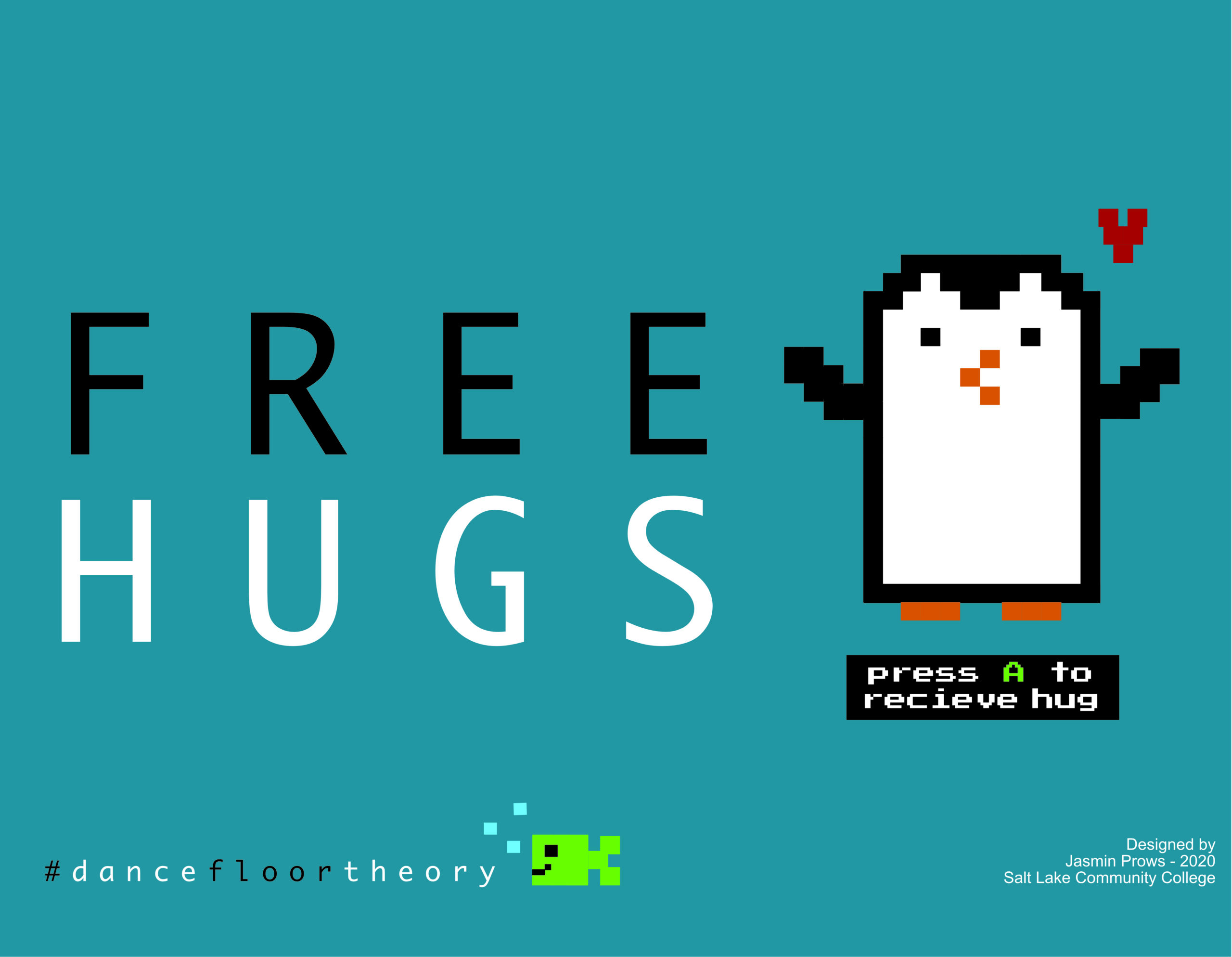I was the captain of a sinking ship, and I didn’t know exactly how to stop my ship from capsizing.
A few years ago, I was hired as an engagement growth specialist for an up-and-coming community. When I received the offer to be their executive director, I was overjoyed because it fits perfectly within the core skill set of my team and me. It didn’t take long to map out my growth strategies for this community because I knew exactly what I wanted to do. In my mind, I planned to make this community one of the best communities in the world.
I started with great enthusiasm and dedication to the role. Within a month, we recruited 46 new members, and there was a general sense of excitement. It made me happy to see how eager people were to join the community. It was amazing to watch the members themselves begin to talk about us and invite their friends to join.
We held monthly meetings and events that were well attended. However, as the months passed, I began to notice a shift. Our membership declined slowly from 46 to 42, then to 36. I knew there was a problem when we were down to 25 members, and I had to act quickly.
I tried everything possible to recruit new members, but my efforts were futile. I also noticed that the current members’ momentum was stalling and that they were gradually dropping out one by one. Managing the community was no longer fun for me, and it began to feel like a chore.
At this point, I had to decide whether to keep everything running or shut it all down.
If your community isn’t growing, your thrill has faded, and, most importantly, people are no longer talking about your community, it may be time to call it quits.
Here are 3 signs to help you know when it’s time to shut down or re-strategize:
There’s no momentum in the community
There’s a saying that goes, “If you’re green, you’re growing, and if you’re ripe, you’re rotting.” In this regard, you should consider the following: Are there any new ideas that could help the organization grow? Are members attending and participating in the activities of the community? If there is no momentum to develop and implement new ideas, your community will stop growing, and when your community stops growing, it starts dying.
The thrill is gone
Ask yourself if you still feel the same thrill or rush of excitement that you did when you first started. If you don’t feel like a child excited to open their presents on Christmas morning, you should reconsider your position. They say that energy is contagious, so if you, as a leader, aren’t passionate or excited about your organization, your members will not be. In Dance Floor Theory, we say that engagement goes where the energy flows.
Current members are no longer talking about your community or inviting others
Word-of-mouth and referrals are two of the quickest ways to grow a community. The more people talk about your group, the more people will believe in your brand and want to be a part of it. So, if your community isn’t getting as much attention as it once did, it may be time to strategize, pack up, or start over.
Are you dealing with a sinking ship like I was? Or are you in the process of deciding whether or not to call it quits? Instead of pulling the plug right away, look inward and identify where things are going wrong, then re-strategize and decide what is best for you, the community, and its members. But if things still look bad, it might be time to throw in the towel and call it quits.




